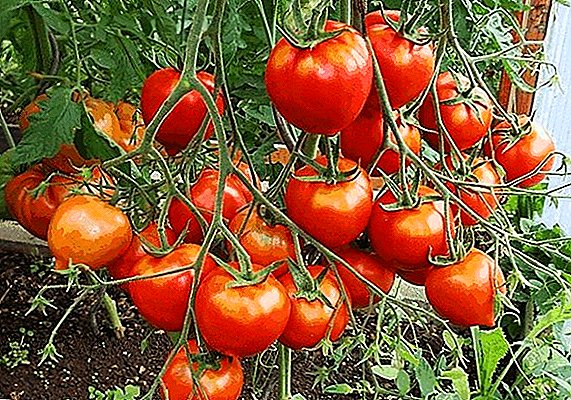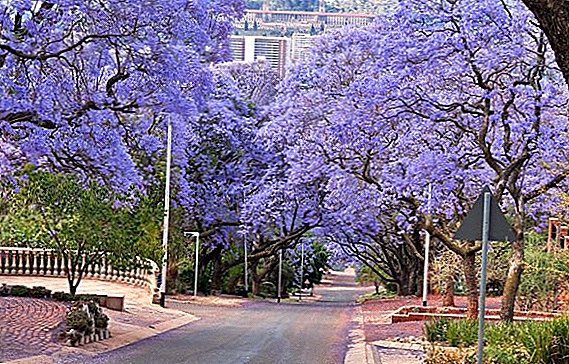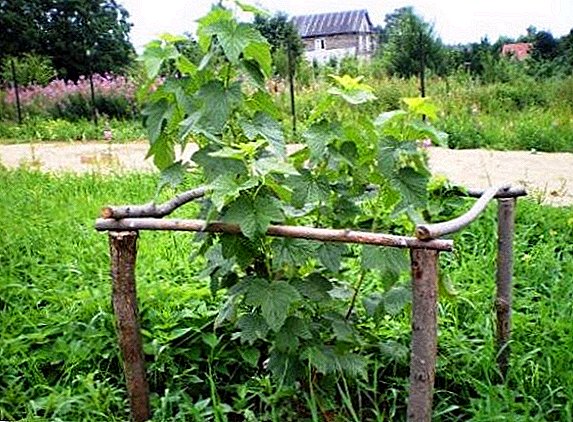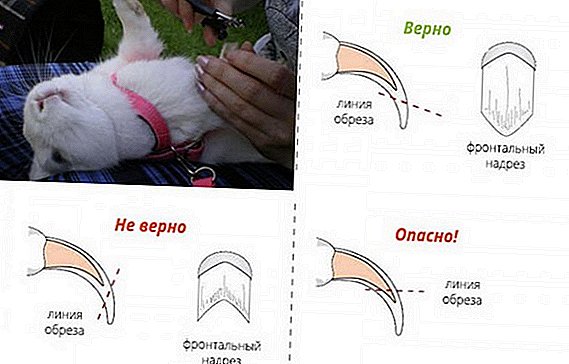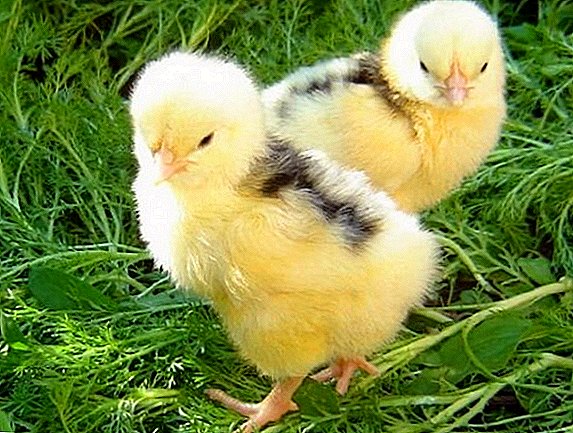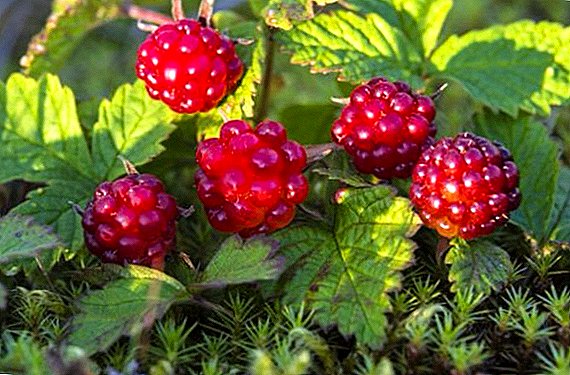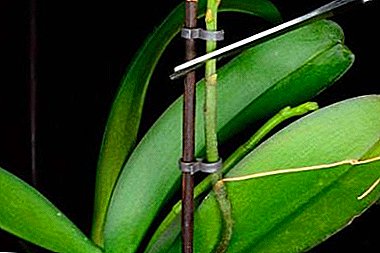
If you trim an orchid in time and correctly, then you can have a flowering plant in your apartment almost all year round. Phalaenopsis orchid is often grown under room conditions, which does not require a long recovery period, unlike other species.
Not all growers have a positive attitude to pruning, because they believe that the orchid should rest after it has blossomed - constant flowering can greatly wear out the plant. But to stimulate re-flowering immediately after the first one or not will be decided only by the owner of the flower.
What is pruning?
Pruning is the removal of parts from a flower.. Conduct it so that the orchid will soon throw out new flower stalks with buds. An orchid is a flower of extraordinary beauty that can delight with its flowering for almost 6 months. But for the next bloom to come quickly - the orchid needs to be cut.
When there are no buds and flowers on the orchid peduncle, it means that it has blossomed and goes into a dormant period. This is the best time to trim a plant.
Important: During the "sleep" period, the flower needs special care: watering every 2 days, maintain a certain level of humidity and proper lighting.
Need to do or not?
 Some beginners in floriculture pruning as soon as the orchid has blossomed, so that it immediately blooms again. But this is desirable not to do. When pruning live stalks, the plant receives irreparable damage to health and this is considered a significant disadvantage. There are controversial advantages:
Some beginners in floriculture pruning as soon as the orchid has blossomed, so that it immediately blooms again. But this is desirable not to do. When pruning live stalks, the plant receives irreparable damage to health and this is considered a significant disadvantage. There are controversial advantages:
- recovery by removing the leaves;
- elimination of wilted plant elements to redirect forces.
What are the consequences?
Everything is very individual and directly depend on how well the procedure is carried out. It should be understood that the orchid is very demanding of hygiene, so for a positive result when pruning you need to use only a sterile instrument. In addition, if everything is done according to the rules, the orchid will release new flower stalks in a short time and will delight with its beauty.
If you cut with a non-sterile instrument and then do not close the cut, the orchid will soon begin to rot. The plant will die very quickly, while flower growers often do not combine this phenomenon with improper pruning.
When is it recommended to perform?
Many beginners in floriculture are interested in what time it is best to prune. In order not to harm the plant, you need to wait for a period of complete rest, which occurs after flowering. You should not touch a blooming orchid, it may not survive the wrong pruning during the period of active growing season.
Phalaenopsis pruning time - end of October, beginning of November. It is necessary to carry out this process with special care, taking into account the type of plant and the features of growth. It should be understood that each orchid variety has its own characteristics. For example, phalaenopsis can be cut immediately after flowering, but in other species, flower stalks should be cut only after they dry (for details on how to cut orchids after flowering, read here).
Is it possible to cut off parts of a faded plant?
 This procedure is quite controversial, so some flower growers do not prune their orchids, and they note that no special changes in the growth and development of the plant occur. Often there are situations that seem to appear on a faded flower spike beautiful and bright buds appear.
This procedure is quite controversial, so some flower growers do not prune their orchids, and they note that no special changes in the growth and development of the plant occur. Often there are situations that seem to appear on a faded flower spike beautiful and bright buds appear.
Other lovers of orchids regularly pruning, believing that in this way they stimulate the plant to form layers and children. So, consider how to correctly prune certain parts of the plant.
Peduncle
Peduncle is a shoot that the plant releases before flowering.. As soon as a large erect stem appeared on the flower, soon beautiful flower buds can be expected. Should I remove the flower after flowering? The first thing is to carefully examine this part of the plant. If it clearly shows signs of yellowing and drying, it is removed at the root, leaving only a small stump.
If you remove the peduncle, while it is in a "live", rather than a faded state, the orchid will begin to ache and spend a lot of energy on recovery. She, of course, will not die, but re-bloom will have to wait at least 6 months.
Board: If, when viewed on the peduncle, there are live buds or small buds, then it is worth cutting the peduncle 1 cm above this area - later a baby or a flower may appear.
We recommend to watch the video about the correct pruning of the orchid peduncle:
Arrows
Before removing the arrow, it is worthwhile to examine it carefully, since children from sleeping buds are often formed on them. If the arrow began to turn yellow, then the question of whether it is necessary to wait for the appearance of new layers with flower stalks does not make sense - the faded arrow is cut 2 cm above the nodules. If there are no nodules, then you do not need to touch the arrow, just leave it until it is completely dry, and then carefully remove it.
The lower the arrow is cropped, the longer the peduncle will be at the next flowering. If you remove it at the very root, the plant may not please you for a long time with flowering.
If a lot of branches and branches appear on the arrow, then it is worth making the formation by trimming. All side arrows are removed, the cut points are processed with crushed activated carbon.
Stem
Do I need to cut off the flaccid part of the stem? Yes, this should be done immediately, as the plant spends a lot of effort to restore this site. After removing the faded trunk, do not rush to throw it away - put it in water, a baby may appear on it.
What to do if the procedure is not done on time?
 If you prune before the flower spike dries out, you can greatly harm the plant.. It will start wasting energy on recovery, and will not bloom for a long time. Any interference with the growth of an orchid is stressful for her. Watering in this case should be very moderate and only with a sprayer.
If you prune before the flower spike dries out, you can greatly harm the plant.. It will start wasting energy on recovery, and will not bloom for a long time. Any interference with the growth of an orchid is stressful for her. Watering in this case should be very moderate and only with a sprayer.
At the same time it is important to observe the correct temperature regime - at night +16, in the daytime - 24 degrees, strong drops should be avoided. If pruning is done in the summer, then you need to remove the orchid from the sun - it can get burned. Fertilization is practically not carried out.
It is better to leave the plant alone for some time and to allow orchids to calmly regain their strength. If you provide a comfortable environment, she will cope with this quickly enough. Just watch the state of your flower - it is necessary to prevent the earth coma from drying out and to maintain the necessary humidity.
It seems to some amateur growers that orchid is a very demanding and capricious plant, which requires increased attention, this is not quite true. There is not much time to spend on care, it just needs to be regular, and then the flowering will be lush and long.
Attention: It is better to cut with a pruner, as it does not leave a large number of burrs, the cut is smooth. Disinfection of the slice must be done to avoid infection.
Conclusion
Trim the orchid after flowering or not, each grower decides independently. It all depends on the characteristics of flowering and growth and type of plant. On the one hand, sticking flower stalks without buds badly spoil the decorativeness of the plant, on the other hand, if you cut off the green arrows, the plant can get sick. If done correctly with the use of a sterile pruner, then everything will be quite successful.


